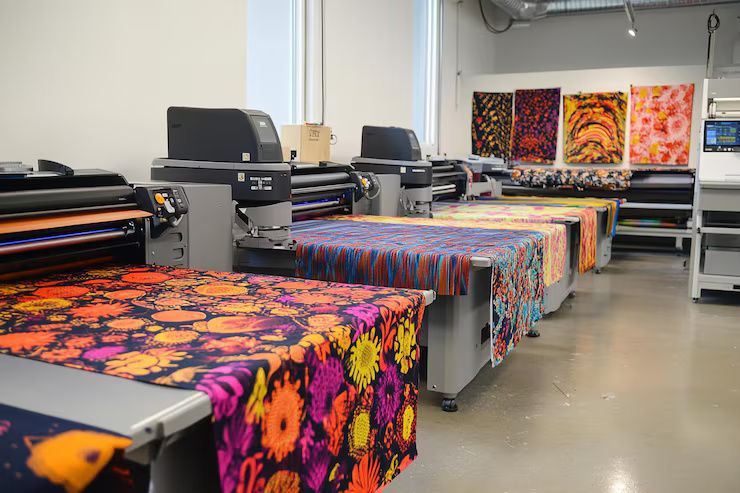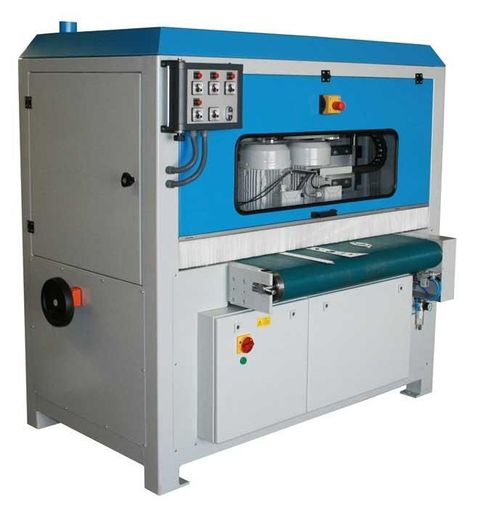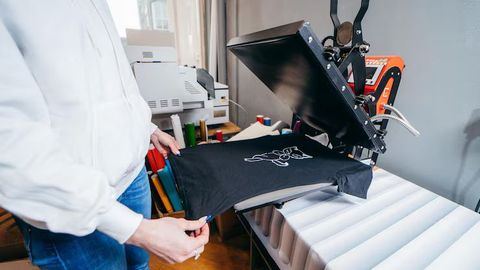Practical Advice for Upgrading to the Latest DTG Printing Technology
Direct-to-Garment (DTG) printing is a textile printing method where digital designs are printed directly onto fabric using specialized inkjet technology. DTG printers are widely used in small businesses, custom apparel shops, print-on-demand services, and in-house merchandise production because they can create detailed, colorful prints with relatively low setup time.
Upgrading DTG printing technology has become increasingly relevant as manufacturers release faster, more efficient, and more consistent machines. Newer systems often include better ink management, improved printheads, expanded color gamuts, and automated maintenance functions. These upgrades exist to help users achieve consistent print quality, manage higher workloads, and adapt to changing customer expectations in the apparel printing industry.

Importance – Why Upgrading DTG Printing Technology Matters Today
DTG printing continues to grow as demand for short-run, customized, and on-demand apparel increases worldwide. Upgrades matter because they help users stay efficient, accurate, and competitive.
Supports Better Print Quality
Modern DTG printers offer:
-
Smoother gradients
-
Wider color ranges
-
Enhanced detail reproduction
-
Improved ink penetration on cotton and blends
These improvements support more professional and consistent results.
Enhances Operational Efficiency
Newer DTG equipment helps businesses manage production more easily through:
-
Faster print cycles
-
Reduced downtime
-
Automated calibration and maintenance
-
Improved ink management
This allows operators to meet tighter deadlines and handle more orders without complex processes.
Reduces Waste and Unnecessary Costs
Upgraded machines often use ink more efficiently and reduce errors such as banding or color mismatch. More accurate printing helps reduce reprints, saving time and materials.
Adapts to Growing Market Demand
On-demand printing is expanding across:
-
E-commerce stores
-
Personalized merchandise
-
Corporate branding
-
Event apparel
-
Artist-designed collections
Upgrading DTG technology supports this growing demand and helps maintain consistent output.
Improves Compatibility With Design Software
Modern DTG systems now integrate better with digital design tools, RIP software, and automated workflows, helping streamline file preparation and color management.
Recent Updates – Key Trends and Changes in the Past Year
The DTG printing industry has seen several advancements in 2024–2025 as manufacturers push for more efficiency, automation, and eco-friendliness.
Faster Printing Speeds (2024)
Many DTG printers released in early 2024 introduced improved printhead technology capable of faster production while maintaining high resolution.
Expanded White-Ink Optimization (2023–2024)
Updated systems now include better white-ink circulation and precision layering, reducing clogging and improving coverage on dark fabrics.
Eco-Friendly Ink Innovations (2024)
Many brands developed water-based inks with lower environmental impact, supporting more sustainable textile printing.
Integrated Pre-Treatment Solutions (2024–2025)
More DTG printers now come with automated pre-treatment systems or built-in sprayers, reducing manual steps.
RIP Software Enhancements (2024)
Modern RIP tools include:
-
More precise color prediction
-
Pre-set fabric profiles
-
Cloud-based file management
These updates improve workflow and reduce trial-and-error printing.
Growth in Hybrid DTG/DTF Systems (late 2024)
New machines now offer both DTG and DTF (Direct-to-Film) capabilities, allowing more flexibility in garment types.
Laws or Policies – Regulations Affecting DTG Printing Technology
DTG printing is influenced by industry standards, workplace safety rules, and environmental guidelines. While specific policies vary by country, several areas commonly shape how DTG operations function.
Environmental Guidelines
-
Many countries regulate the disposal of textile inks and chemicals.
-
Water-based DTG inks typically follow safe-handling regulations.
-
Some regions encourage the use of low-VOC (volatile organic compound) inks.
Workplace Safety Standards
-
Ventilation guidelines for printing rooms.
-
Equipment safety certifications for electrical systems.
-
Standard operating procedures for ink handling.
Import and Certification Requirements
-
Some countries require printing machines to meet energy-efficiency standards.
-
Electrical safety certifications may be required for commercial use.
Industry Standards
-
ISO color standards may apply to professional printing environments.
-
Textile compliance standards can influence fabric selection and ink performance.
Local Business Regulations
Small and medium printing businesses may need to register under local business laws, including occupational health guidelines and environmental management rules.
Tools and Resources – Helpful Apps, Calculators, and Services
A variety of digital tools, websites, and services help users decide when and how to upgrade their DTG systems.
Workflow and Design Tools
| Tool | Purpose |
|---|---|
| Adobe Illustrator / Photoshop | Design preparation |
| CorelDRAW | Textile artwork creation |
| Procreate | Artwork for digital prints |
DTG-Specific Software
-
RIP Software Platforms
-
Optimize colors, ink usage, and print profiles
-
Examples include proprietary RIP tools provided by printer manufacturers
-
-
Color Calibration Tools
-
Hardware and software kits for consistent color output
-
-
Print Cost Calculators
-
Estimate ink usage and operating costs
-
Often provided by DTG manufacturers
-
Quality Testing and Maintenance Tools
-
Nozzle-check utilities
-
Ink consumption monitors
-
Temperature and humidity sensors for print rooms
-
Automated maintenance apps included in modern printers
Learning Resources
-
Manufacturer training portals
-
Textile printing forums and knowledge bases
-
YouTube educational channels focused on digital printing basics
These tools help support smoother DTG operations and informed upgrade decisions.
FAQs
1. What should I consider before upgrading my DTG printer?
Important factors include print speed, ink efficiency, color accuracy, machine reliability, available technical support, and compatibility with current workflow software.
2. Are newer DTG printers more efficient than older models?
Many newer DTG printers include enhanced ink-management systems, faster printheads, and automated maintenance features designed to support consistent and efficient printing.
3. Do I need new design software when upgrading my DTG machine?
Not always. Most modern DTG printers work with common design tools. However, you may need updated RIP software for improved color and print control.
4. Can DTG printers work on all types of fabric?
DTG printing works best on cotton and cotton-blend fabrics. Some modern systems also support printing on polyester with the right pre-treatment.
5. Is DTG printing suitable for large production runs?
DTG printing is often used for small or medium batches and custom designs. For high-volume production, hybrid or industrial DTG systems may be more suitable.
Final Thoughts
Upgrading to the latest DTG printing technology can help users achieve more accurate, efficient, and consistent printing results. As digital textile printing continues to evolve, newer machines offer better ink handling, improved color performance, and workflow automation that support both small and large apparel production environments. By staying informed about trends, regulations, and available tools, businesses and individuals can make more confident decisions about upgrading their DTG equipment. This ensures smoother operations, improved quality, and compatibility with modern printing demands.






